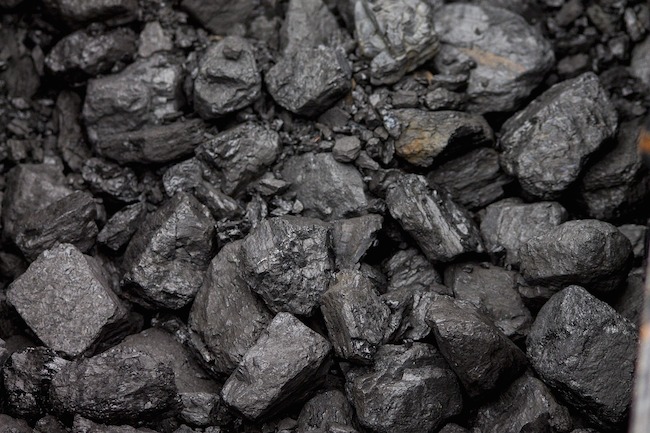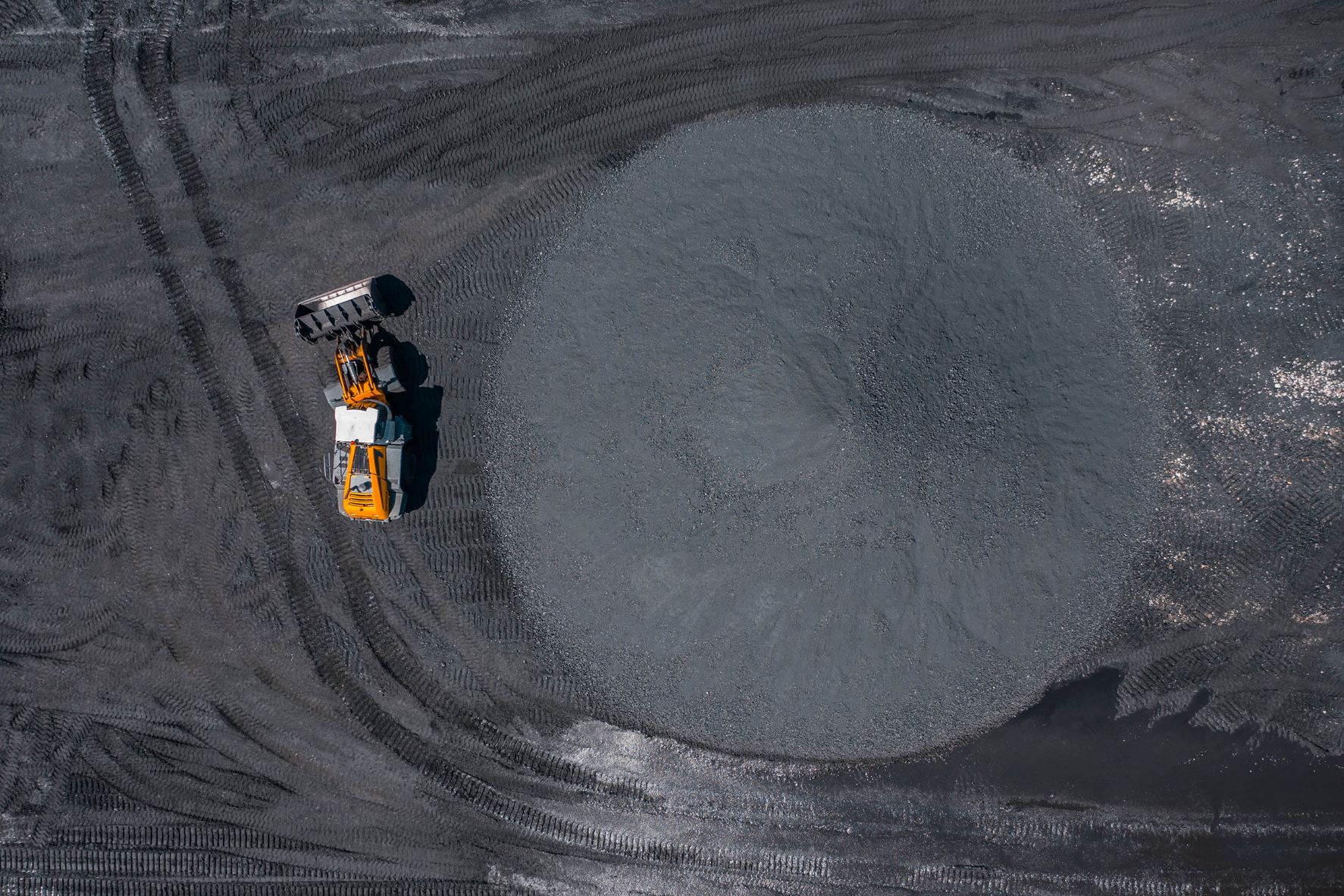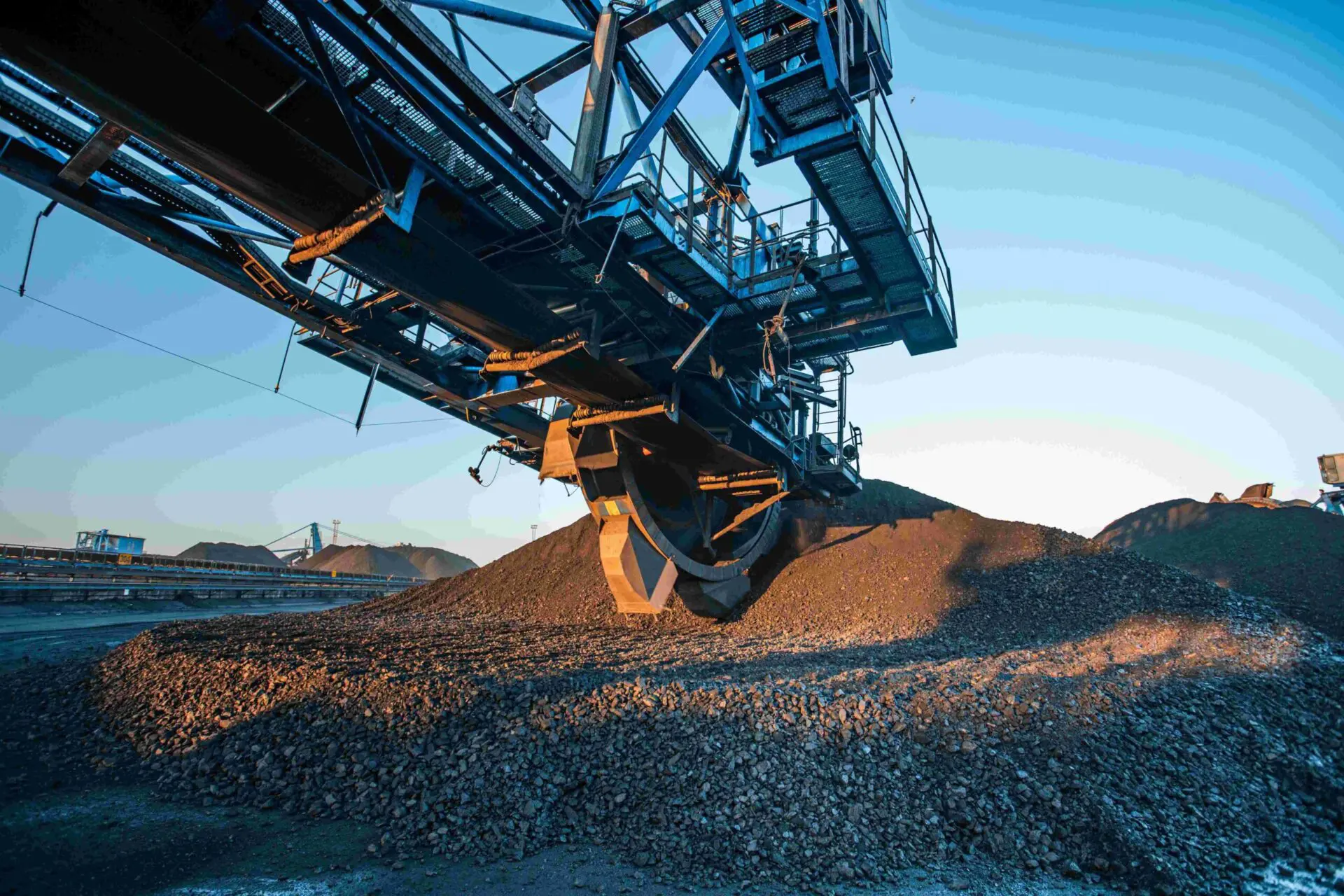

Over the past week, thermal coal quotations on the European market soared to almost 125 USD/t at the beginning of the week, but then, in the absence of deals with deliveries in September, indices pulled back to the level of 115-117 USD/t.
The price volatility for forward contracts was caused by uncertainty in the global gas market. The situation with potential labor strikes at Chevron’s Gorgon LNG and Wheatstone LNG terminals in Australia, as well as at offshore platforms producing LNG for Woodside’s North West Shelf terminal, remains unresolved.
South African High-CV 6,000 was holding in the 114-116 USD/t range, supported by Indian sponge iron producers’ interest in buying South African 6,000 and 5,500 material.
According to Glencore, coal shipments by trucks to South African ports fell by 30% at the start of H2 2023. Lower prices compared to H1 2023 are negatively impacting minor South African producers, who do not have access to rail transportation to the Richards Bay Coal Terminal (RBCT). Nevertheless, recent data suggests that South African coal exports through alternative to RBCT marine terminals could break last year’s record.
In China, spot prices for 5,500 NAR at the port of Qinhuangdao lost 4 USD/t, sliding to 114 USD/t. According to forecasts, prices could drop below 105 USD/t by September, when temperatures in most parts of the country fall below 30˚C. Volatility will continue until October, when the northern regions start to replenish stocks for winter.
In addition to the seasonal decline in consumption, quotations are also under pressure from the increase in hydro generation, which is forecasted to be 20 to 50% higher in August than in previous years. Thus, the water flow through China’s largest hydropower plant Three Gorges Dam by mid-August increased two-fold compared to mid-July and by 70% compared to last year’s performance.
The downward price trend in the domestic market, as well as the depreciation of the yuan against the US dollar, negatively affects the demand of Chinese consumers for imported Indonesian and medium-CV Australian material.
Australian High-CV 6,000 spiked above 150 USD/t on concerns around the strikes at Australian LNG terminals. Fundamental factors are rather absent as Japanese consumers have sufficient inventories and some have yet to use up material purchased in 2022.
Australian metallurgical coal prices surged above 255 USD/t, supported by demand from Indian and Asian consumers. At the same time, demand from Chinese traders decreased on the back of a correction in prices for metallurgical material in the domestic market, the depreciation of the yuan and weak performance in the country’s construction sector.
Source: CAA













